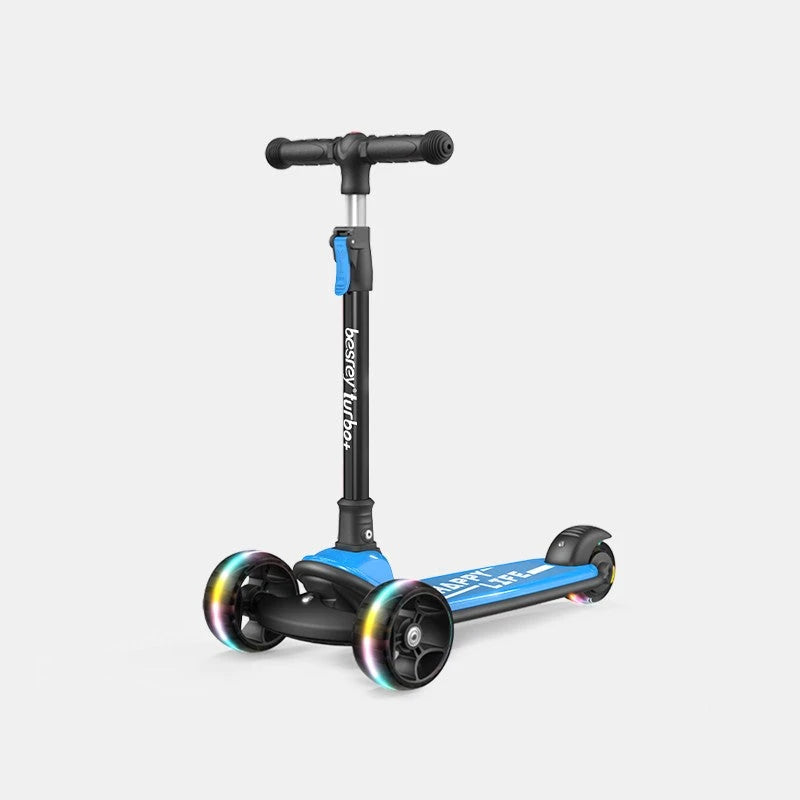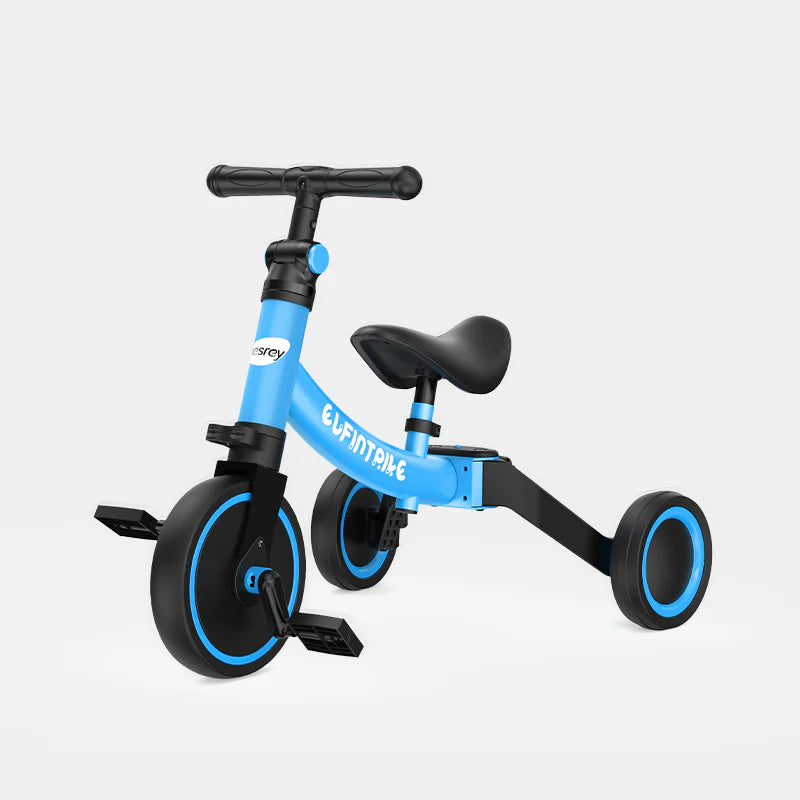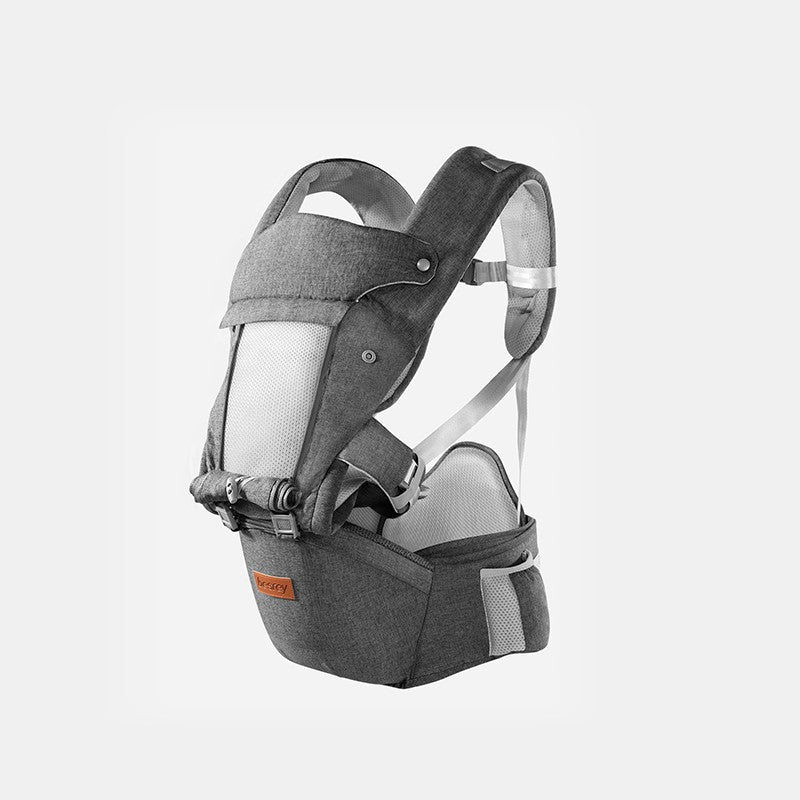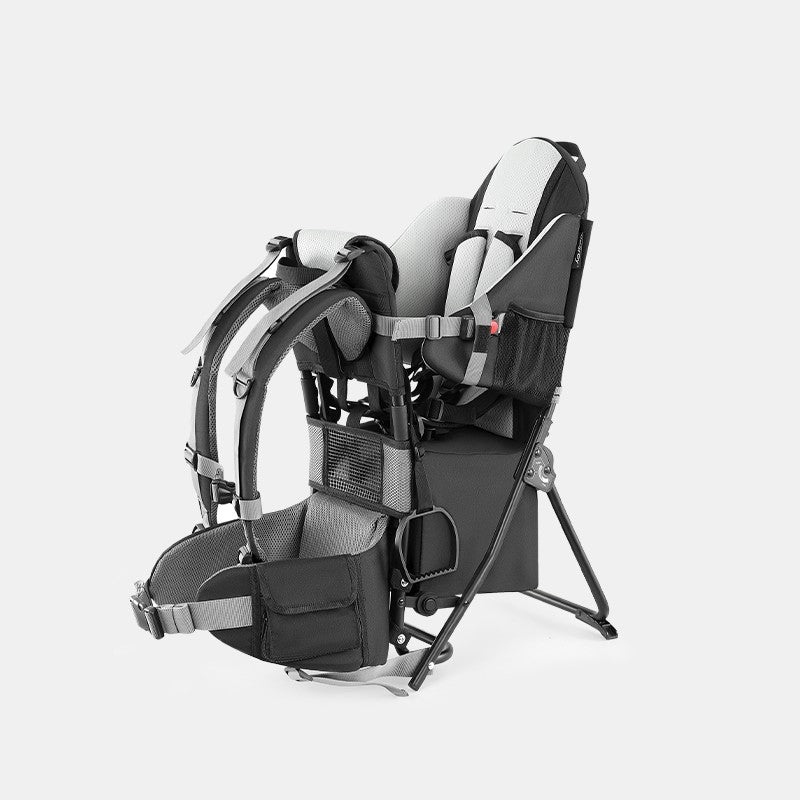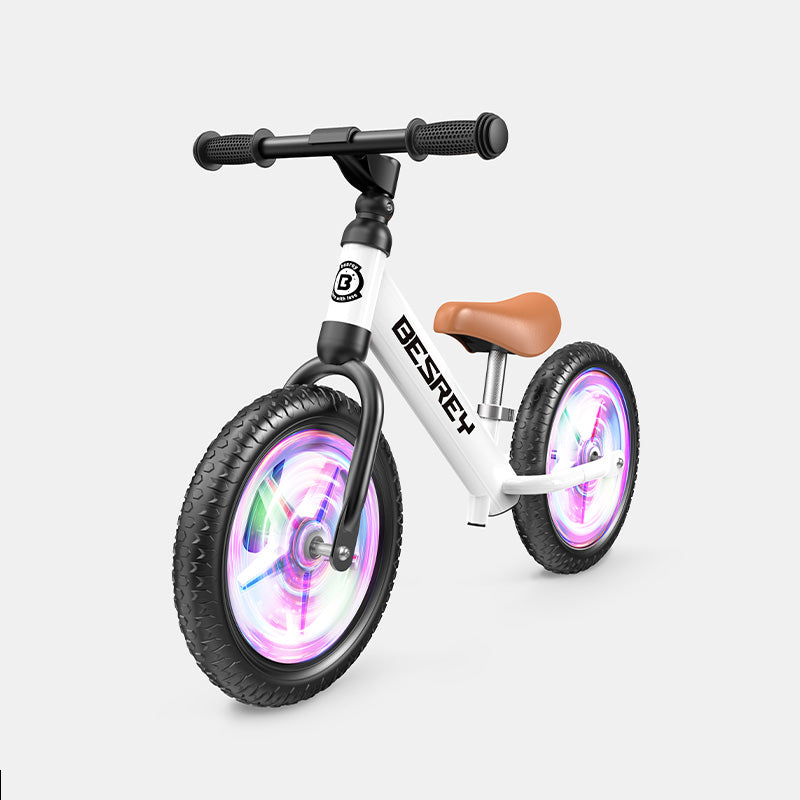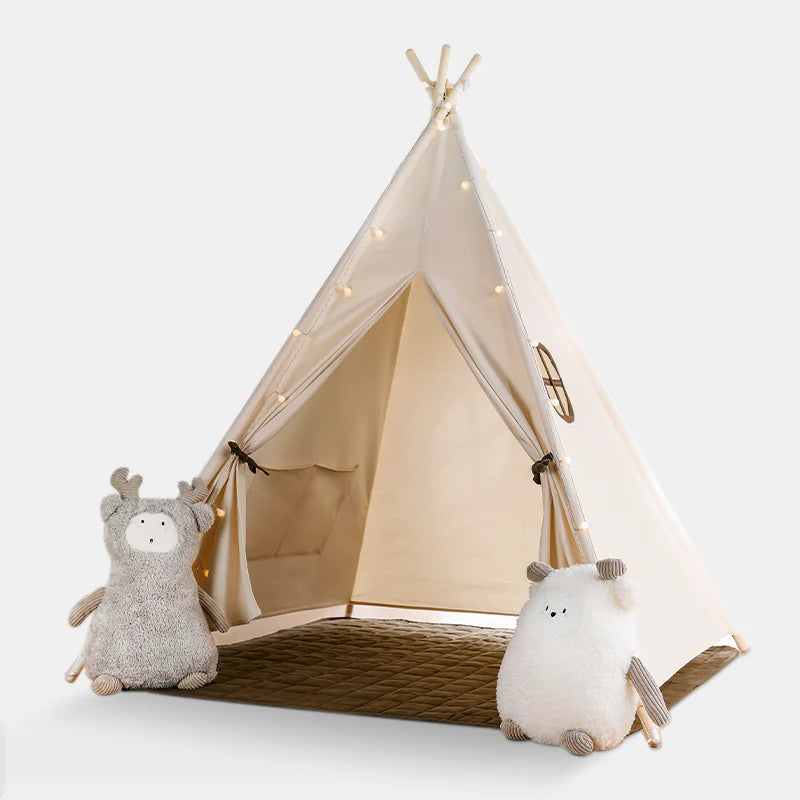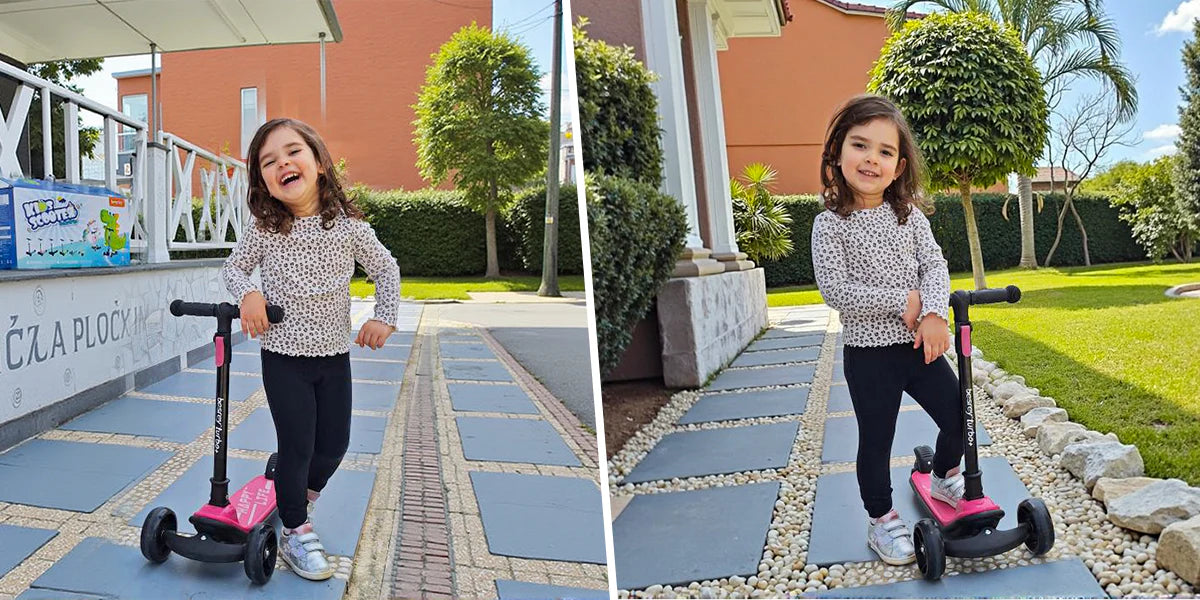Lin Lin- Jul 11 2025
How to Help Your Toddler Transition from a Tricycle to a Balance Bike

After learning to pedal and getting familiar with basic riding skills on a tricycle, transitioning to a balance bike is a big milestone in your toddler’s development. A pedal-less bike is designed to teach children the art of balancing on two wheels. For kids who are already used to riding a toddler scooter, this shift can be easier, as they’re already familiar with the motion of two-wheeled movement. In this article, we’ll explore key insights about the importance of balance bike handles and highlight the benefits they bring to your little one.
Key Steps for Transitioning from a Tricycle to a Balance Bike
The first step in this important transition is to introduce the balance bike gradually. Help your child feel comfortable by encouraging them to sit on the seat, and slowly motivate them to start moving, always with close supervision to build their confidence. The handlebar plays a crucial role during this early learning phase, as it requires active parental support. Make sure the handlebar is properly adjusted so your child’s feet can touch the ground comfortably. A proper fit helps prevent early frustration that could slow down the process.
Once they feel reassured, let your child practice in a safe, open space while gradually reducing your support to encourage independence. Simple activities like standing on one foot or walking in a straight line can also complement their balance training. And remember, toddlers with prior scooter experience may adapt more easily and progress faster, as they’re already familiar with two-wheeled motion.

Pros of Balance Bikes
Parental Involvement
Tricycles and balance bikes may share similar features, but each offers a unique approach to learning. While tricycles focus on pedaling and initial stability, balance bikes shift the focus toward developing balance and coordination. Throughout this process, parents play a vital role, especially when it comes to the balance bike handle, providing the guidance, support, and encouragement needed during those early rides. This creates a meaningful learning environment that helps children transition smoothly through different stages of growth and fun.

Key Features to Look for in a Balance Bike for Toddlers
When it’s time to choose a balance bike, certain features can truly make a difference. It’s important to go for models with adjustable seats and handlebars that can grow with your child. This not only extends usability but also ensures your little one feels comfortable and in control during every ride.
The bike should also be lightweight enough for your child to handle independently, giving them the freedom to explore at their own pace. A soft seat padding and durable, sturdy tires are essential too, so your kid can focus on having fun, not dealing with unexpected frustrations.
And of course, parental presence and support remain key. Being nearby allows you to make the most of the balance bike handle, adding an extra layer of safety while your toddler masters the art of balance.
Conclusion
Transitioning from a tricycle to a balance bike opens doors to balance, coordination, and independence for your toddler. Balance bikes with adjustable seats, lightweight frames, and supportive balance bike handles provide a safe, fun way to develop these skills. Toddlers who have used a toddler scooter often find this switch easier, building on their experience with two-wheel movement. Patience and parental support make this learning stage positive and rewarding.
Ready to help your child take their next step? Explore the Besrey Balance Bike and give your toddler a confident start on two wheels!
To learn more about balance bikes and how to help your toddler during this stage, check out these recommended resources:
A Pediatric PT’s Thoughts On Balance Bikes
The benefits of balance bikes

